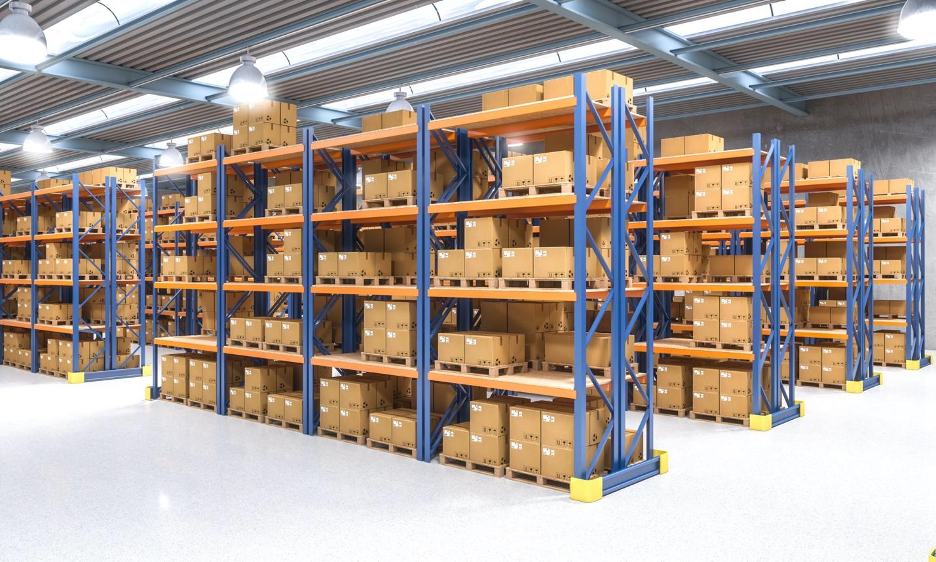
In any warehouse or distribution center, optimizing space and efficiency is crucial for maximizing productivity and profitability. One key element that can make a significant impact on operations is the use of heavy-duty warehouse racking systems. By investing in the right racking solutions, businesses can streamline their operations, improve inventory management, and enhance overall efficiency. Let's explore how heavy-duty warehouse racking can help businesses achieve these goals.
The Benefits of Heavy Duty Warehouse Racking
Increased Storage Capacity
- Heavy-duty warehouse racking systems are designed to maximize vertical space, allowing businesses to store more inventory in a smaller footprint.
- By utilizing the vertical space in a warehouse, businesses can make the most of their available square footage and avoid the need for costly expansion or relocation.
Improved Organization and Accessibility
- Warehouse racking systems help businesses organize their inventory in a systematic and efficient manner, making it easier to locate and retrieve items quickly.
- With proper labeling and categorization, employees can easily identify the location of specific products, reducing picking and retrieval times.
Types of Heavy Duty Warehouse Racking
Pallet Racking Systems
- Pallet racking is one of the most common types of warehouse racking systems, designed to store palletized goods in horizontal rows with multiple levels.
- These systems are versatile, allowing businesses to store a wide range of products and access them using forklifts or other material handling equipment.
Cantilever Racking Systems
- Cantilever racking is ideal for storing long, bulky items such as lumber, pipes, and furniture that do not fit on standard pallets.
- These systems feature arms that extend outward from vertical columns, providing easy access to items without obstructions.
Drive-In/Drive-Through Racking Systems
- Drive-in and drive-through racking systems are designed for high-density storage of homogeneous products with a low turnover rate.
- These systems allow forklifts to drive directly into the racking structure to retrieve or store pallets, maximizing storage space.
Key Considerations When Choosing Heavy Duty Warehouse Racking
Storage Requirements
- Assess your inventory to determine the size, weight, and quantity of items that need to be stored.
- Consider the turnover rate of your products to choose a racking system that can accommodate your storage needs efficiently.
Space Constraints
- Consider the available space in your warehouse and the layout of the facility to determine the best racking configuration.
- Optimize vertical space to maximize storage capacity while maintaining safe and efficient access to inventory.
Material Handling Equipment
- Choose a racking system that is compatible with your existing material handling equipment, such as forklifts or pallet jacks.
- Ensure that aisles are wide enough to accommodate equipment and allow for smooth movement throughout the warehouse.
Implementation and Maintenance
Professional Installation
- Work with experienced professionals to design and install your heavy-duty warehouse racking system to ensure it meets safety standards and operational requirements.
- Proper installation is crucial for the stability and integrity of the racking system, preventing accidents and product damage.
Regular Inspections and Maintenance
- Perform routine inspections of your racking system to check for damage, wear and tear, or any signs of instability.
- Address any issues promptly to prevent structural failures and maintain the safety and efficiency of your warehouse operations.
Conclusion
Heavy-duty warehouse racking systems play a vital role in optimizing space, improving organization, and streamlining operations in any warehouse or distribution center. By investing in the right racking solutions and considering key factors such as storage requirements, space constraints, and material handling equipment, businesses can enhance efficiency and productivity while maximizing their storage capacity. With proper implementation and maintenance, heavy-duty warehouse racking can help businesses achieve their operational goals and drive success in a competitive marketplace.
